Did you know that you can use the wood ashes left behind in your fire pit, wood stove, or fireplace to power your tomato plants this year to better growth, better health – and far bigger yields?
Wood ashes are a byproduct that are often discarded without much thought. However, those ashes are actually packed full of calcium, potassium, phosphorous, magnesium, and a whole host of other trace minerals and elements – and can they ever help your tomato plants grow better!
All of those nutrients are needed by tomato plants in order to grow healthy and have a productive harvest. And best of all, the ashes also help improve the overall soil fertility and structure for whatever you grow in the space in the future.
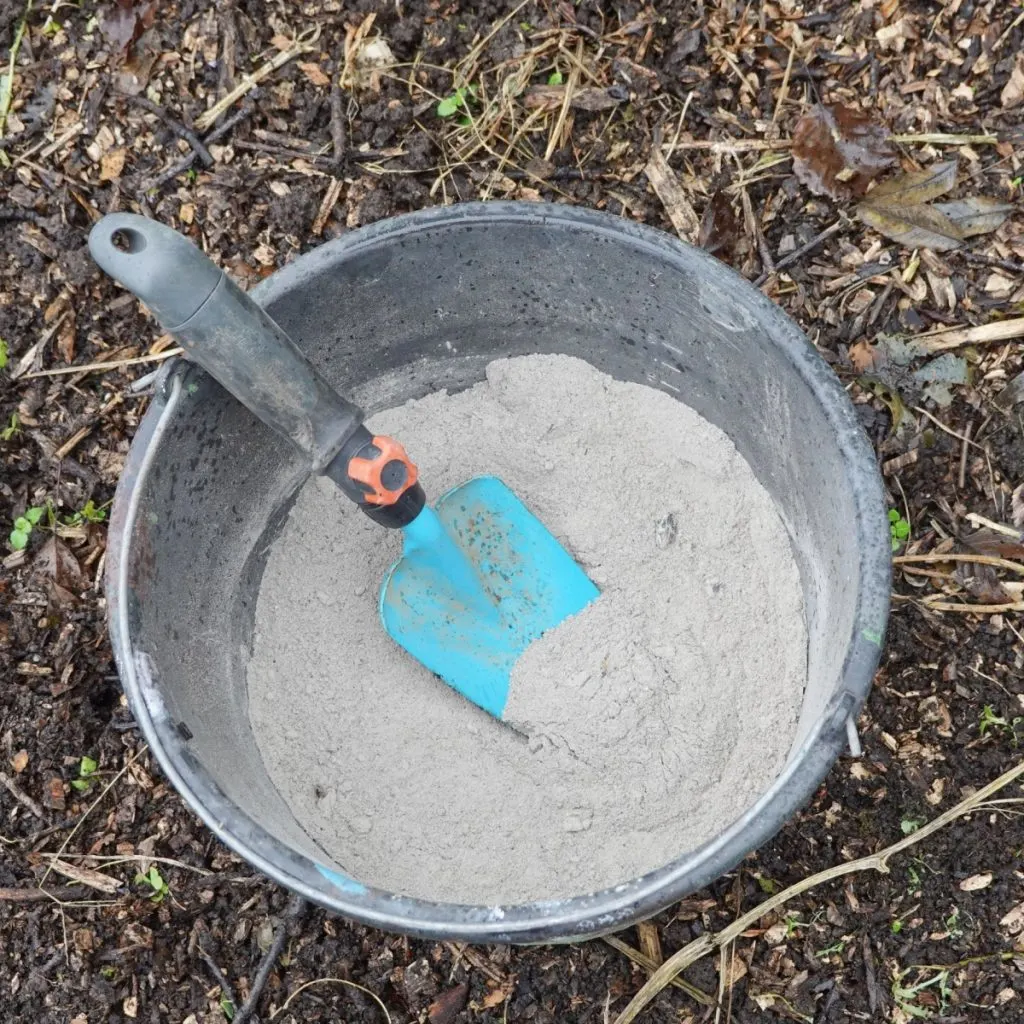
When it comes to using wood ashes successfully on tomato plants, it all comes down to knowing exactly how to use them and where. Here’s a look at four great ways wood ashes benefit tomato plants and exactly how to use them to power your plants this year!
The Benefits Of Wood Ashes
When it comes to using wood ashes around tomato plants, the list of benefits are lengthy! To begin with, wood ashes are made up of about about 20% calcium. Calcium is an extremely important nutrient when it comes to growing tomatoes.
Tomato plants use calcium for the development of healthy cells and wall structures. When they are lacking in calcium, you are left with plants that have weak stems and branches. In addition, tomato plants use calcium to help produce blooms. Without enough calcium, plants will fail to push out a decent harvest.
Lastly, calcium is vital to help fight off blossom end rot. This is an issue that plagues and frustrates gardeners. Simply put, when a tomato plant is deficient in calcium, blossom end rot occurs. The result is fruit that rots long before you can harvest it.
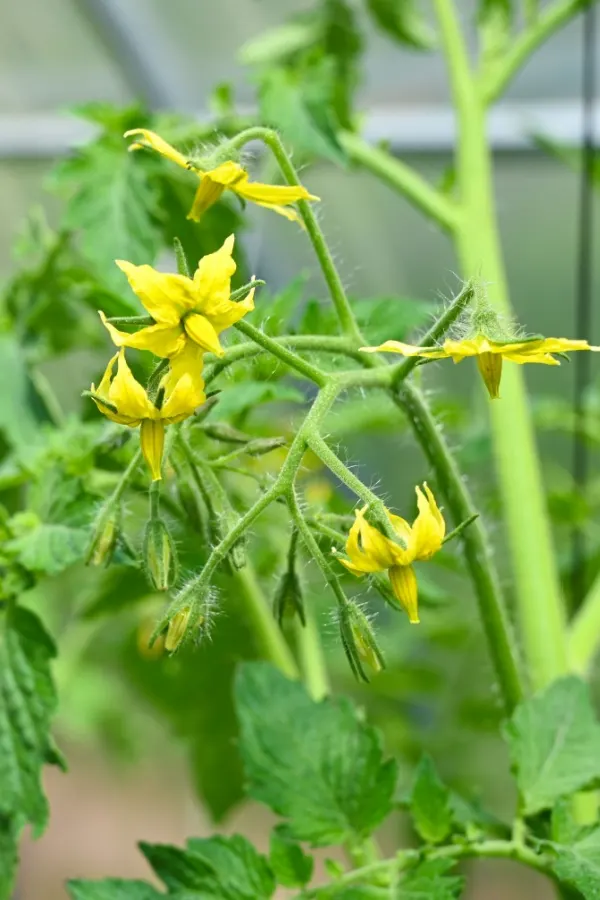
Beyond Calcium Benefits
In addition to calcium, wood ashes also provide tomato plants with potassium. Sometimes referred to as potash, potassium helps tomato plants photosynthesize.
This is the process of turning sunlight into energy and food. Photosynthesis is key to having tomato plants that produce blooms and eventually mature, healthy fruit. Along with a good supply of nutrients in the soil, photosynthesis is vital for good tomato production.
Potassium also aids in helping tomato plants absorb water. Since the majority of tomatoes are water, this is crucial if you want plump and juicy mature fruit to harvest.
The last main advantage of using wood ashes with your tomato plants is that when it is mixed with the soil, it helps to absorb and retain moisture. This means that every time it rains or you water plants, the moisture will last that much longer.
But there is one caution when using wood ashes. Always be sure to use the ashes from known wood sources. Avoid using ashes from burned pallets or painted or treated lumber. In addition, only use ashes from fire pits or fireplaces where nothing other than wood was burned (i.e., no plastic plates or cardboard).
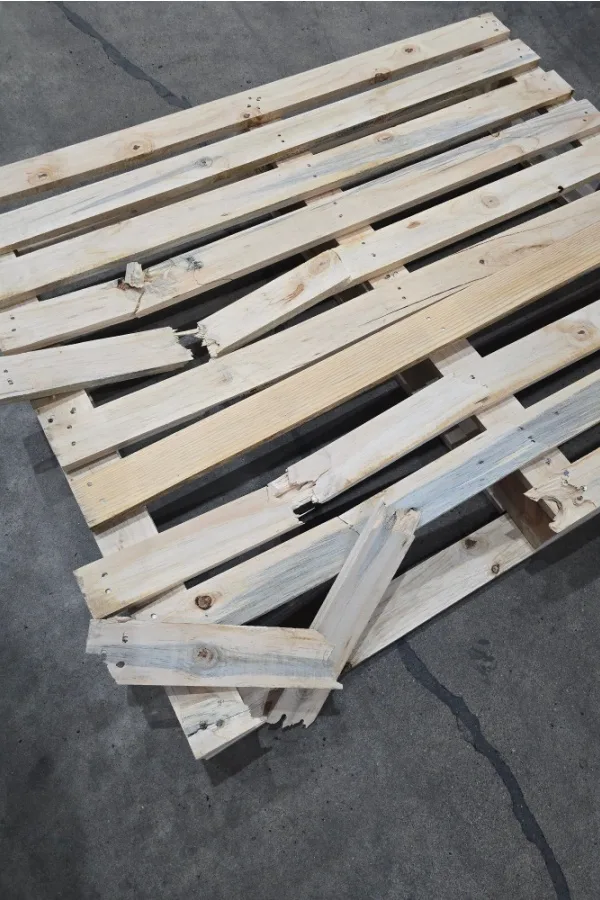
4 Ways To Power Tomato Plants With Wood Ashes
1) In The Planting Hole
You can put wood ash to work right from the start by using it when planting your tomato seedlings. Adding wood ash directly to the planting hole allows your transplants to have immediate access to vital nutrients.
Start by digging a deep hole that is several inches deep. In fact, you want to bury about ¾ of the tomato plant’s stem. The reasoning is that the plant will produce roots all along the length of the buried stem. These additional roots will create a strong and sturdy underground system to help support mature plants. See: Why You Need To Plant Tomatoes Deep
In the bottom of the hole, add about 1.5 cups of wood ash to the existing soil. Don’t forget to add in compost as well as worm castings to really get your tomato transplants off to an amazing start!
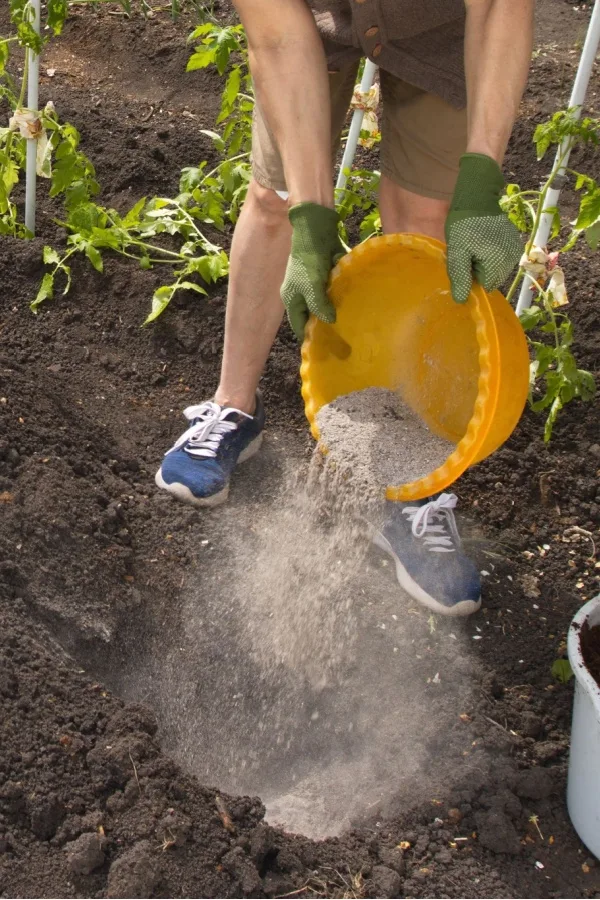
The wood ashes will provide valuable nutrients to help seedlings quickly get established and start pushing out new growth. In addition, the wood ashes will help to hold in moisture right at the plant’s roots. This is vital for young seedlings to become established.
2: Top Dressing Plants – How To Use Wood Ashes On Tomato Plants
In addition to putting the wood ash directly into the planting hole, you can also top dress your tomato plants for even more power.
Once tomato plants start flowering and fruiting, sprinkle a cup of wood ashes around the root zone of each plant. Reapply more ashes every two to three weeks to help with fruit production.
Now, every time you water plants or it rains, those vital nutrients will leech down into the soil and right to the plant’s roots. The wood ashes will also continue to help retain moisture. This helps provide plants with extra hydration during the heat of summer.
One thing wood ash does not contain is a good source of nitrogen – which is another nutrient vital to the health and growth of tomato plants. Because of this, continue to fertilize tomato plants regularly throughout the growing season.
3: Using Wood Ashes As A Soil Amendment – How To Use Wood Ashes On Tomato Plants
At the end of the growing season in either late fall or early spring, you can use wood ash as an overall soil amendment. The important part of this is just to be sure to not add too much.
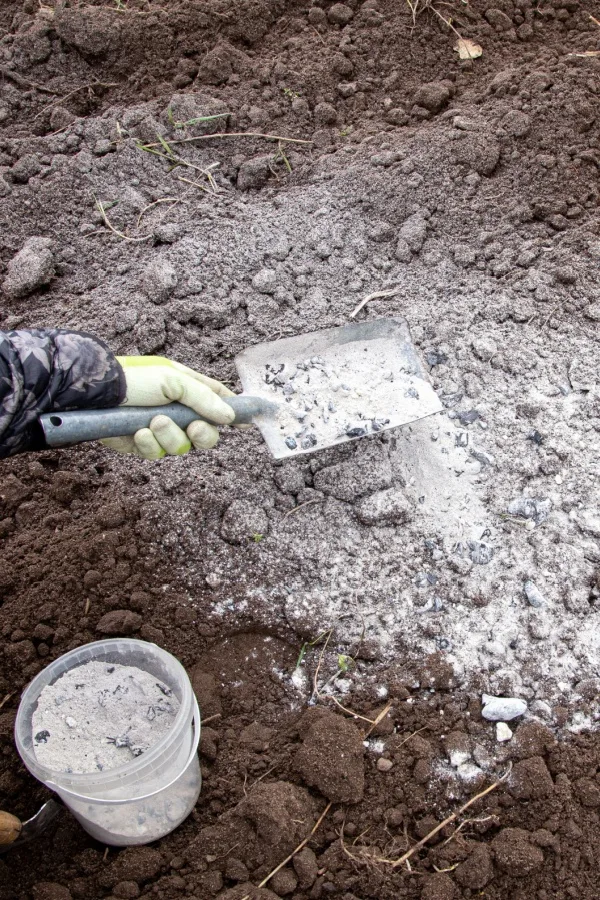
Wood ash raises the pH of soils, so the key is to not over apply. Do not add it to the soil where acid-loving plants like blueberries and azaleas are growing.
If your soil is close to neutral, add about half a 5-gallon bucket’s worth of wood ash for every 1000 square feet of soil. If your soil is more acidic, use a full bucket’s worth to help raise the pH levels. A great idea is to always test your soil’s pH with an instant read pH tester. Affiliate Product Link: Soil Moisture Meter,4-in-1 Soil Ph Meter
When spreading or applying wood ash, wear gloves and eye protection. Lightly watering the surface after applying will help keep the ashes from blowing away.
4: Added To Your Compost Pile
The last way you can power tomato plants and other plants in your garden is to add wood ash to your home compost pile. When added in moderation, wood ash is an excellent source of brown (carbon) materials.
Don’t add more than 2 to 3 gallons of wood ashes for every cubic yard of compost. This will avoid the chances of the ashes raising the pH of the compost. Mix the ashes in thoroughly and enjoy the water retention and added nutrients the next time you go to use the finished compost.
Here’s to putting those wood ashes to use to help power your tomato plants the next time you finish hanging out around the backyard fire pit or sitting cozy by the fireplace!
I Grow Tomatoes
Follow Our Facebook Page For Even More Great Tomato Growing Tips! I Grow Tomatoes Facebook Page
I Grow Tomatoes is a website created for those who love all things about tomatoes – from planting and growing – to cooking and canning! We publish two articles every week, 52 weeks a year. Sign up today to follow via email! This article may contain affiliate links.
